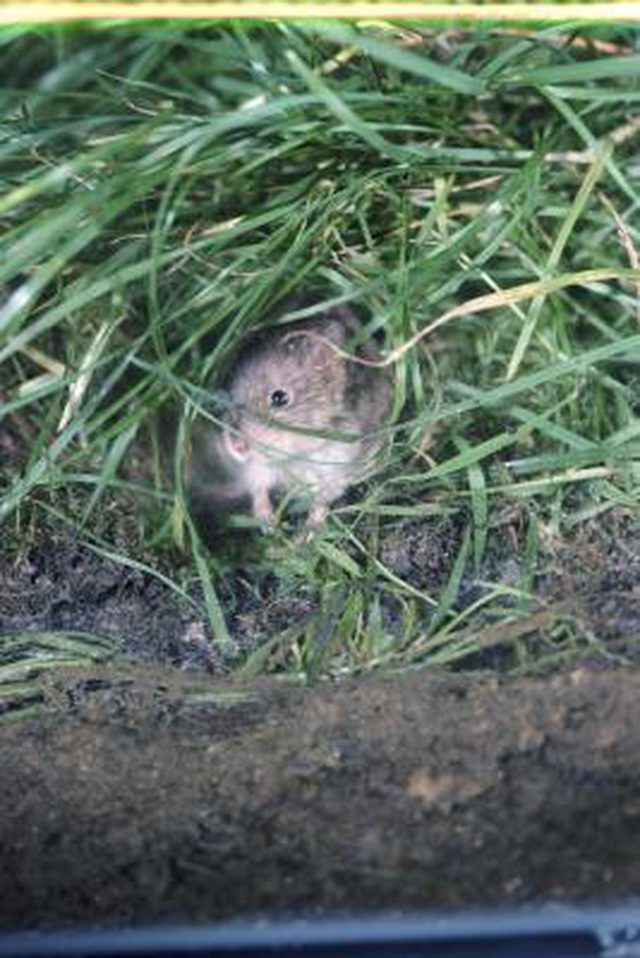Bulbs
Flower Basics
Flower Beds & Specialty Gardens
Flower Garden
Garden Furniture
Garden Gnomes
Garden Seeds
Garden Sheds
Garden Statues
Garden Tools & Supplies
Gardening Basics
Green & Organic
Groundcovers & Vines
Growing Annuals
Growing Basil
Growing Beans
Growing Berries
Growing Blueberries
Growing Cactus
Growing Corn
Growing Cotton
Growing Edibles
Growing Flowers
Growing Garlic
Growing Grapes
Growing Grass
Growing Herbs
Growing Jasmine
Growing Mint
Growing Mushrooms
Orchids
Growing Peanuts
Growing Perennials
Growing Plants
Growing Rosemary
Growing Roses
Growing Strawberries
Growing Sunflowers
Growing Thyme
Growing Tomatoes
Growing Tulips
Growing Vegetables
Herb Basics
Herb Garden
Indoor Growing
Landscaping Basics
Landscaping Patios
Landscaping Plants
Landscaping Shrubs
Landscaping Trees
Landscaping Walks & Pathways
Lawn Basics
Lawn Maintenance
Lawn Mowers
Lawn Ornaments
Lawn Planting
Lawn Tools
Outdoor Growing
Overall Landscape Planning
Pests, Weeds & Problems
Plant Basics
Rock Garden
Rose Garden
Shrubs
Soil
Specialty Gardens
Trees
Vegetable Garden
Yard Maintenance
How to Catch a Vole in the House
How to Catch a Vole in the House. Although they might look a bit like mice, albeit with blunter faces and shorter tails, voles have a different lifestyle and habitat. They create tunnels in grassy areas and rarely invade human homes. You might end up with a vole in the house if you have cats and occasionally during very cold weather. Catching and...

Although they might look a bit like mice, albeit with blunter faces and shorter tails, voles have a different lifestyle and habitat. They create tunnels in grassy areas and rarely invade human homes. You might end up with a vole in the house if you have cats and occasionally during very cold weather. Catching and removing the vole is more straightforward than catching a mouse, mainly because the vole is unlikely to return to your house after release.
Things You'll Need
Work gloves
Bucket with lid, pet carrier with fine mesh or large plastic box
Grass
Aquarium net
Knife
Live traps for rodents
Peanut butter or apple slices
Household disinfectant
Put on tough work gloves. Wild rodents often bite and they can transmit diseases.
Scoop the vole up quickly and put it in the bucket. A vole brought in by a cat is likely to be in shock and easy to catch. Alternatively, put the net quickly down over the vole, pick it up with the mesh and place it in a bucket. Put the lid on so the animal doesn’t jump out.
Place a couple of large handfuls of grass in the box and allow the vole to recover for a couple of hours if you want to ensure its survival on release. If the lid fits tightly, make a few air holes with a sharp knife.
Release the vole in your yard, preferably at least a dozen yards from the house. Keep your cats indoors for a couple of hours so it doesn't re-catch the vole and bring it back inside.
Bait live traps for mice or rats with peanut butter or pieces of apple and place alongside walls or near where the vole is hiding, if it took refuge under furniture. Check the traps every couple of hours until you catch it. Darken the room. Drawing blinds and turning off lights makes nocturnal animals feel more confident.
Wash your hands and disinfect the bucket, pet carrier or box. Put the gloves in the laundry.
Tips & Warnings
If voles are coming inside of their own accord, perhaps because of extreme weather, rodent-proof your home. Seal up all gaps in walls and around windows, doors and pipes with the appropriate building materials. Set traps until you’ve removed all the voles already inside.
Voles may also come inside during periodic population explosions. Cut back vegetation around the house and encourage natural predators. A loose pile of scrap wood encourages snakes and turning off outside lights at night encourages owls.